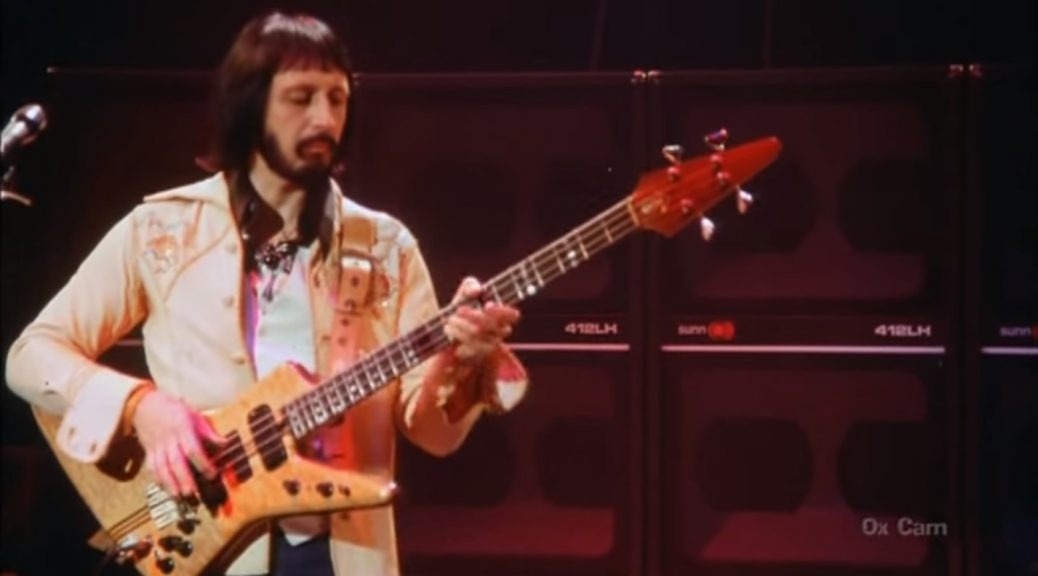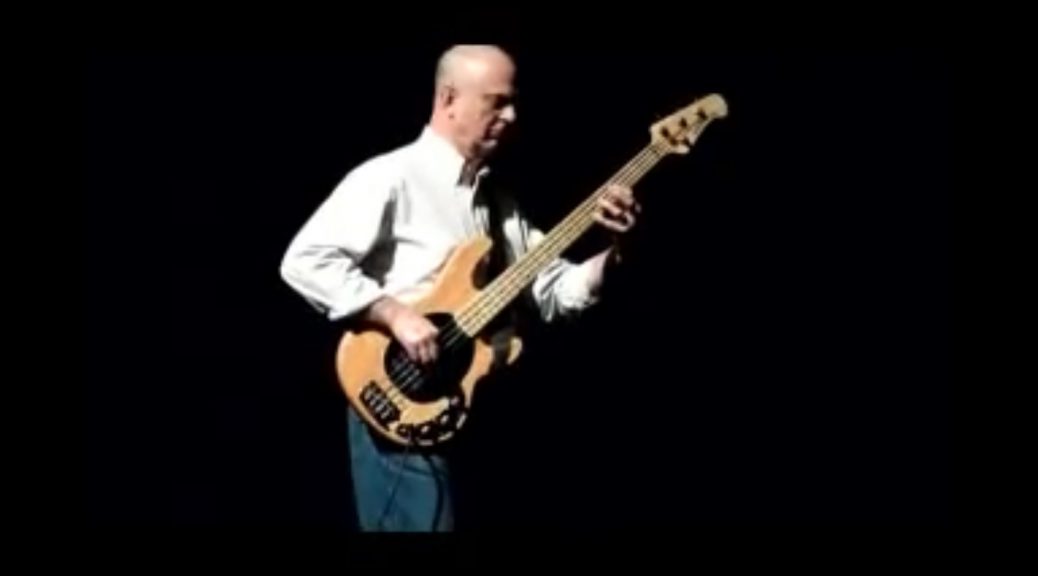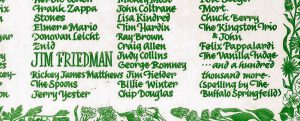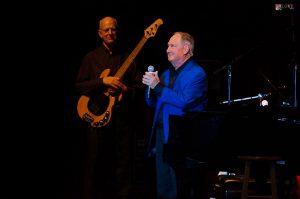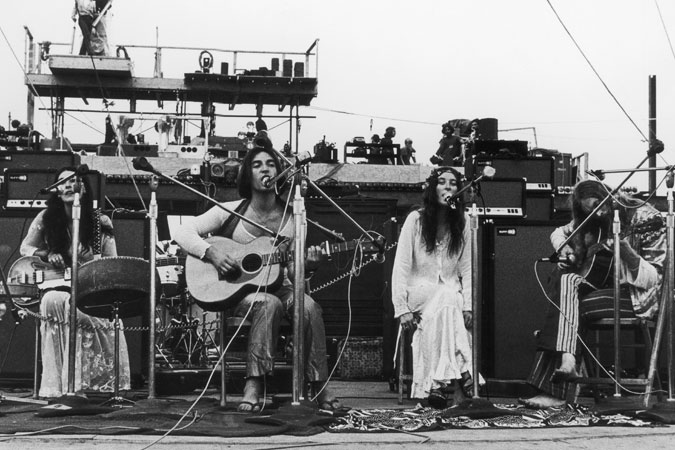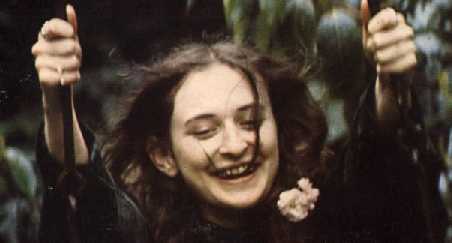Who Bassist John Alec Entwistle
October 9, 1944 – June 27, 2002
Music is magic
As a non-musician, to me the person who is one performs magic. And when a band’s members combined their talents, that magic amplifies into the mystic.
There are many great musicians, but the frequency of musicians finding their compliment and to create even greater magic happens far less often.
Such seems the case with the Who.
Who Bassist John Alec Entwistle
John Entwistle becomes Who
The young John Entwistle played trumpet, fluegelhorn, and piano as well as bass. In 1959 he played trumpet in a traditional jazz band that also included Pete Townshend on banjo.
In 1961, Roger Daltrey invited Entwistle to join Daltrey’s group, The Detours. Six months later, Entwistle persuaded Daltrey to let Townshend join. In the spring of 1964 Keith Moon joined they became The Who.
The Who’s magic did not just come from each member’s talent, which was outstanding, but from their interaction. Entwistle’s bass was more like a lead guitar playing counterpoint to Pete Townshend’s more rhythmic guitar playing. Moon’s drumming became famous for it’s high energy non-stop support of the band’s whole sound with Roger Daltrey’s vocals entwining all into the Who’s.
Entwistle help create their distinctive sound by cultivating a lead style of bass, underpinning Pete’s more rhythmic style of guitar playing with inventive runs in a higher register than most bass players, while at the same time keeping the group’s timing rigid during Keith’s volatile thrashings.
Who Bassist John Alec Entwistle
Macabre Entwistle
While Pete Townshend composed most of the band’s material, Entwistle contributed some of their songs, odd as they were. “Whisky Man,” “Boris The Spider,”Doctor, Doctor,” “Someone’s Coming,” as well as “Cousin Kevin” and “Fiddle About” from the band’s most famous album, Tommy. Entwistle’s French horn skills were also featured on that album.
Who Bassist John Alec Entwistle
John E Smashed
In 1971 John Entwistle became the first member to release a solo album, Smash Your Head Against The Wall, Other solo studio albums were: Whistle Rymes (1972), Rigor Mortis Sets In (1973), Mad Dog (1975), Too Late The Hero (1981) and The Rock (1996).
In 1975 he toured with his own band, Ox [taken from his nickname in the Who]. He also fronted the John Entwistle Band on US club tours during the 1990s and appeared with former Beatle Ringo Starr’s All Starr Band, in 1995.
Entwistle died from a heart attack on June 27, 2002, in Las Vegas. The Who were about to begin an American tour which they did do with replacement bassist Pino Palladino.
Later Entwistle’s body was repatriated and buried in the village church in Stow-on-the-Wold, Gloucestershire, where he lived with his partner, Lisa Pritchard-Johnson.

